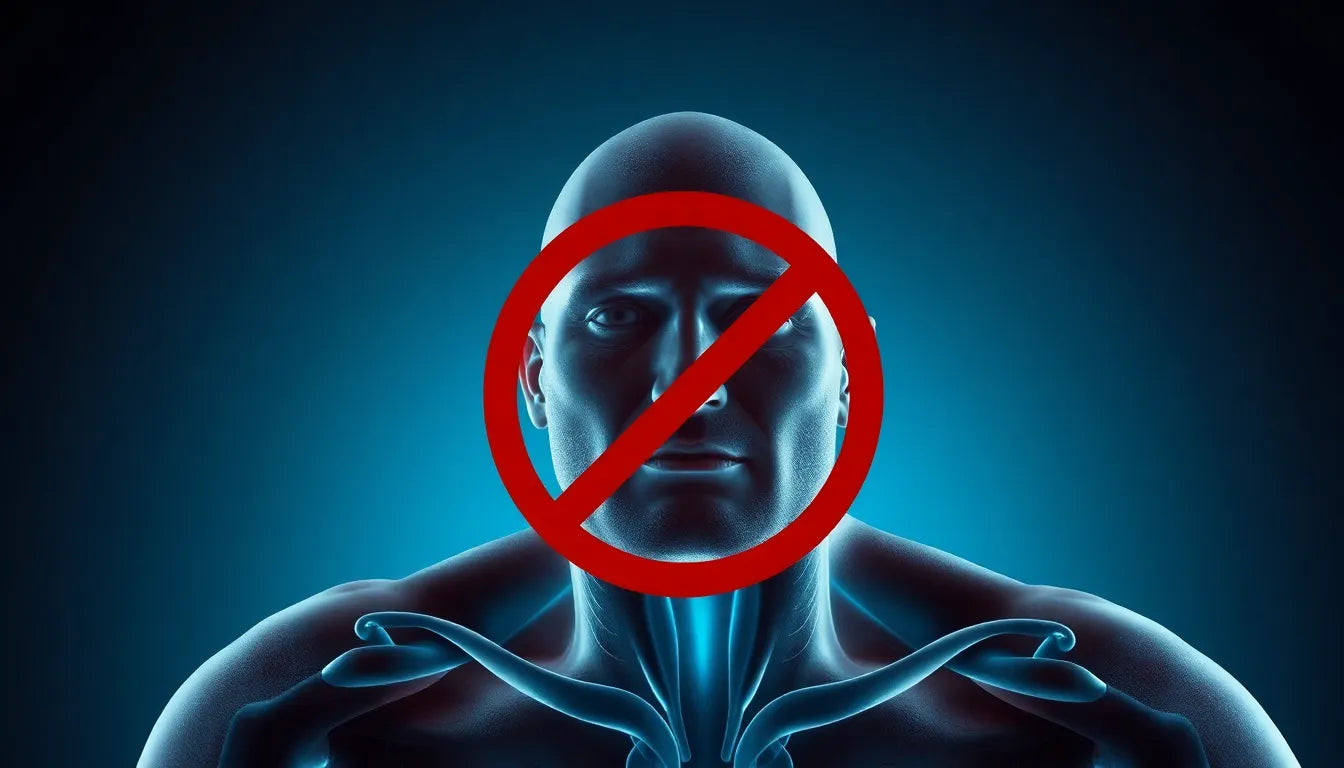Neck pain in children is more common than many parents might realize, and it can significantly impact a child's daily activities and overall well-being. Whether it's a result of carrying heavy school bags, spending long hours hunched over screens, or simply poor posture, neck pain can disrupt a child's ability to focus, participate in physical activities, and even affect their mood. Addressing neck pain early is crucial to prevent it from becoming a chronic issue that might require more intensive intervention later on.
The importance of parental attention
As a parent, being vigilant about your child's health is a vital responsibility, and this includes monitoring for signs of neck pain. Children might not always articulate their discomfort clearly, so it's up to parents to observe changes in behavior or physical posture that might indicate pain. While minor aches can be a normal part of growing up, persistent or severe symptoms should not be ignored. Parents need to balance between recognizing normal, everyday discomfort and identifying symptoms that warrant medical attention.
Understanding the dual nature of neck pain
Neck pain can have a dual nature, ranging from benign causes such as poor posture to more serious conditions like meningitis. This duality can make it challenging for parents to determine the severity of their child's condition. For instance, while a stiff neck can result from sleeping in an awkward position, it can also be a symptom of meningitis, a serious infection that requires immediate medical care. So, how can parents tell the difference between a simple muscle strain and something more serious?
By understanding the common causes and symptoms of neck pain, parents can make informed decisions about when to seek professional help. Being proactive in addressing neck pain not only alleviates immediate discomfort but also contributes to the child's long-term health and well-being. As we delve deeper into the causes and management of neck pain in children, it's essential to equip yourself with the knowledge to support your child's health effectively.
common causes of neck pain in children
Neck pain in children can stem from various sources, many of which are related to everyday activities and habits. Understanding these causes can help parents take proactive steps in preventing and managing discomfort.
muscular tension and poor posture
One of the most prevalent causes of neck pain in children is muscular tension, often resulting from poor posture. With the increasing use of digital devices, children spend long hours looking down at screens, which can lead to what is commonly known as "tech neck." Additionally, carrying heavy school bags that exceed 10-15% of a child's body weight can strain neck muscles. Ensuring that children maintain good posture and have ergonomically adjusted workspaces can significantly reduce the risk of developing neck pain.

Men's Posture Shirt™ - Black
Patented technology shirt activates muscles and can relieve neck and back pain.
injury and overuse
Children are naturally active and may participate in sports or physical activities that can sometimes lead to injuries. Sports-related injuries or repetitive strain from activities like gymnastics or swimming can cause neck pain. It's essential for parents to ensure that children engage in sports with proper technique and adequate rest to prevent overuse injuries.
infections and serious conditions
While most neck pain is benign, it's crucial to be aware of more serious conditions that can cause neck discomfort. Infections such as meningitis, characterized by symptoms like high fever, severe headache, and neck stiffness, require immediate medical attention. Parents should monitor for any alarming symptoms that accompany neck pain, as early detection and treatment are vital.
recognizing symptoms and when to seek help
Identifying the symptoms of neck pain early can help in determining the appropriate course of action, whether it be home management or seeking professional help.
typical symptoms
Common symptoms of neck pain in children include localized pain, stiffness, headaches, and sometimes a tilted head position, known as torticollis. These symptoms can usually be managed with simple interventions like rest and ergonomic adjustments.
alarming symptoms
However, certain symptoms warrant immediate medical evaluation. These include high fever, severe neck stiffness, confusion, and an inability to touch the chin to the chest. Such symptoms could indicate serious conditions like meningitis or other neurological issues, necessitating urgent care.
case example
Consider a scenario where a child complains of neck pain after a day of school. The parent notices the child struggling to turn their head and appearing more tired than usual. Upon asking, the child mentions a headache and feeling warm. Recognizing these as potential warning signs, the parent decides to seek medical advice, ensuring the child's safety and well-being.
prevention and everyday management
Preventing neck pain in children involves a combination of ergonomic adjustments, healthy habits, and awareness of potential risks.
ergonomic adjustments
Parents can make simple changes to reduce the risk of neck pain. Ensuring that school backpacks are not overloaded and fit properly is crucial. Additionally, setting up an ergonomic study area with a chair and desk that support good posture can make a significant difference. Encouraging children to take regular breaks from screens can also help alleviate strain on the neck.
daily habits
Incorporating regular physical activity into a child's routine can strengthen neck muscles and improve posture. Simple exercises and stretches can be introduced as part of a daily routine to maintain flexibility and reduce tension.
alternative therapies
For persistent neck pain, alternative therapies such as chiropractic care might be considered. It's essential to choose practitioners experienced in treating children to ensure safe and effective treatment. Parents should consult with healthcare professionals to determine the best approach for their child's specific needs.
further management strategies for neck pain in children
When dealing with neck pain in children, implementing effective management strategies can make a significant difference in alleviating discomfort and promoting well-being. Parents can explore a combination of home remedies and professional guidance to address their child's needs.
home remedies
For minor neck pain, gentle exercises and warm compresses can be beneficial. Encouraging children to perform simple neck stretches can help improve flexibility and reduce tension. Applying a warm compress to the affected area can also provide relief by relaxing the muscles and increasing blood flow. These methods are non-invasive and can be easily incorporated into a daily routine.

Women's Posture Shirt™ - White
Posture Shirt™ supports better posture and can help relieve neck and back tension.
professional guidance
In cases where neck pain persists or is severe, seeking professional guidance is crucial. Healthcare professionals, including pediatricians and physiotherapists, can provide tailored advice and treatment plans. They can assess the child's condition, identify underlying causes, and recommend appropriate interventions. For some children, chiropractic care may be an option, provided the practitioner is experienced in treating young patients.
when to consult a healthcare provider
Knowing when to consult a healthcare provider is essential for parents managing a child's neck pain. Here are some guidelines to consider:
guidelines for parents
Parents should seek medical advice if neck pain is persistent, severe, or accompanied by other concerning symptoms. If the pain disrupts daily activities or if there is any doubt about the cause, it's better to err on the side of caution. Prompt evaluation by a healthcare provider can prevent complications and ensure appropriate care.
role of specialists
Specialists such as pediatricians, physiotherapists, and chiropractors can play a vital role in managing neck pain. Pediatricians can offer initial assessments and refer to other specialists if needed. Physiotherapists can provide exercises and therapies to improve mobility and reduce pain. Chiropractors, with the right experience, can offer alternative treatments that complement conventional care.
frequently asked questions
what are the most common causes of neck pain in children?
The most common causes of neck pain in children include poor posture, carrying heavy backpacks, and minor injuries. These factors can lead to muscular tension and strain, which are often manageable with simple adjustments and preventive measures.
how can I help my child relieve neck pain at home?
Parents can help relieve their child's neck pain by ensuring ergonomic adjustments, such as proper backpack weight and posture, and incorporating home exercises. Gentle neck stretches and warm compresses can also provide relief.
when should I be concerned about my child's neck pain?
Concern arises when neck pain is accompanied by symptoms like high fever, severe stiffness, confusion, or an inability to touch the chin to the chest. These symptoms necessitate immediate medical attention to rule out serious conditions like meningitis.
can neck pain in children be a sign of something serious?
Yes, although most neck pain is benign, it can sometimes indicate serious conditions such as meningitis. Symptoms like high fever and severe stiffness should prompt urgent medical evaluation.
are there any long-term solutions for preventing neck pain in children?
Long-term solutions include maintaining good ergonomics, encouraging regular physical activity, and being mindful of posture. These measures can help prevent neck pain and promote overall musculoskeletal health.
Kilder
- Børnekiropraktor. (n.d.). "Børn 1-5 år." Din Børnekiropraktor.
- Folkehelseinstituttet. (n.d.). "Informasjon og råd om hjernehinnebetennelse." FHI.
- Naprapatlandslaget. (n.d.). "Kink i nakken - symptomer og behandling." Naprapatlandslaget.
- Regionshospitalet Gødstrup. (n.d.). "Børn med højresidig stramhed i nakken – Torticollis." Regionshospitalet Gødstrup.
- Sundhed.dk. (n.d.). "Nakkestivhed." Patienthåndbogen.
- Sundhed.dk. (n.d.). "Hold i nakken." Patienthåndbogen.


















